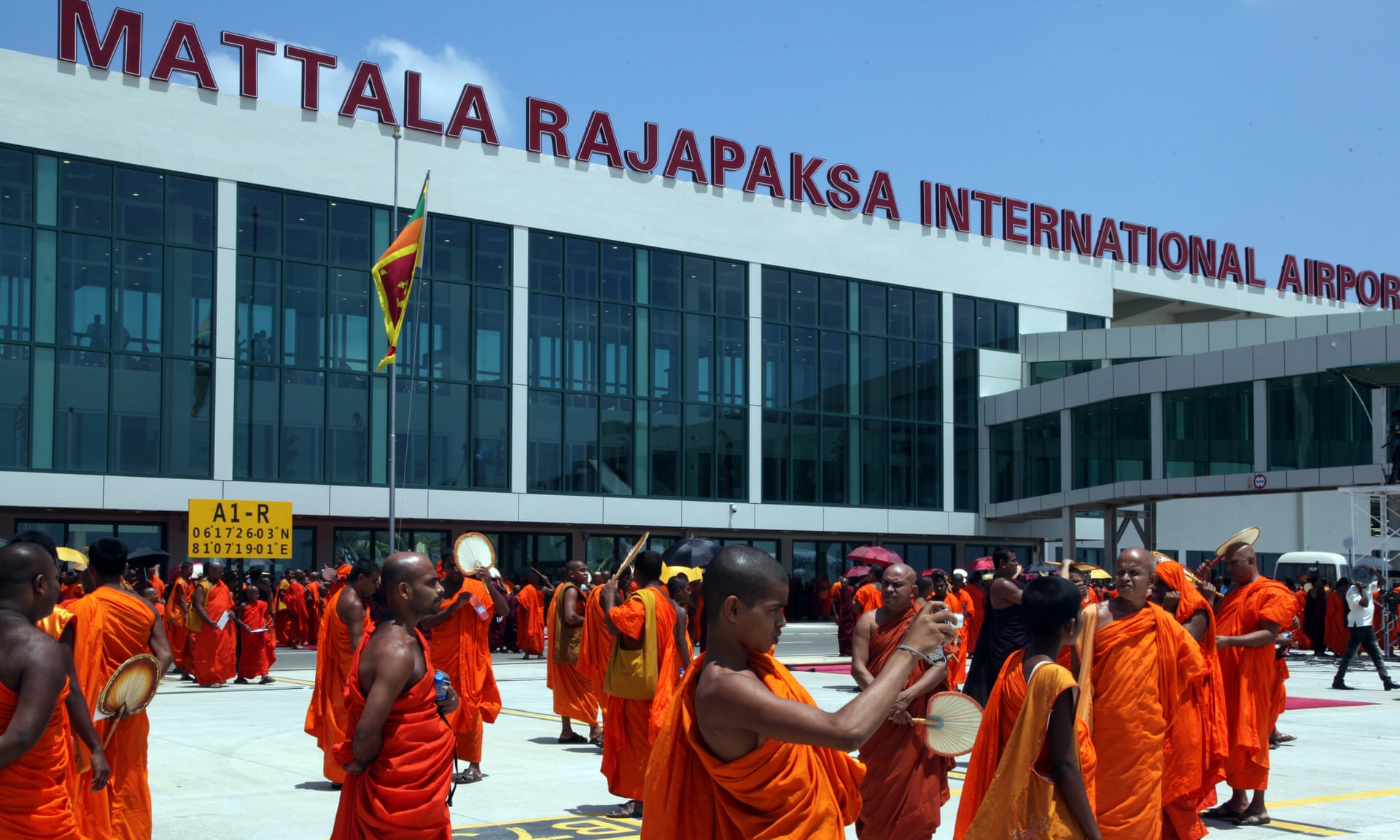By Nikita Kwatra

China BRI will potentially span 68 countries and could have implications for each of these countries’ public debt.
Mumbai -- China’s Belt and Road Initiative (BRI) which seeks to invest about $8 trillion in infrastructure projects across Asia, Europe and Africa, has come under intense scrutiny, not least due to suspicions over China’s intent behind the ambitious project.
Mumbai -- China’s Belt and Road Initiative (BRI) which seeks to invest about $8 trillion in infrastructure projects across Asia, Europe and Africa, has come under intense scrutiny, not least due to suspicions over China’s intent behind the ambitious project.
A study by the Centre for Global Development, a Washington-based think tank, analyses one important consequence of BRI: debt.
While the study finds that it is unlikely that the BRI will be plagued with wide-scale debt sustainability problems, it is likely to raise the risk of a sovereign debt default among relatively small and poor countries.
The BRI will potentially span 68 countries and could have implications for each of these countries’ public debt.
While the study finds that it is unlikely that the BRI will be plagued with wide-scale debt sustainability problems, it is likely to raise the risk of a sovereign debt default among relatively small and poor countries.
The BRI will potentially span 68 countries and could have implications for each of these countries’ public debt.
To understand these effects, the study first uses sovereign credit risk ratings and World Bank debt sustainability analysis to identify 23 of the 68 countries currently at risk of debt distress.
For these 23 countries, the study adds the Belt and Road Initiative lending pipeline into the countries’ overall debt and debt to China as of end of 2016.
They find that eight countries could face difficulties in servicing their debt because of the Belt and Road Initiative.
They find that eight countries could face difficulties in servicing their debt because of the Belt and Road Initiative.
These include Pakistan, Djibouti, the Maldives, Laos, Mongolia, Montenegro, Tajikistan and Kyrgyzstan.
Pakistan, which through the China-Pakistan Economic Corridor, serves as the centrepiece of the BRI and is by far the largest country exposed, with China reportedly financing about 80% of its estimated $62 billion debt.
According to the think-tank, China’s case-by-case approach in dealing with debt relief in the past could prove “problematic”.
One example is China’s acquisition of Sri Lanka’s Hambantota port after the Sri Lankan government failed to service its debt.
Unlike most of the world’s other major creditors, China is not bound to a set of rules on how it addresses debtor repayment problems.
One example is China’s acquisition of Sri Lanka’s Hambantota port after the Sri Lankan government failed to service its debt.
Unlike most of the world’s other major creditors, China is not bound to a set of rules on how it addresses debtor repayment problems.
Currently, China is only an ad hoc participant of the Paris Club, a collection of creditor nations which follow a set of rules in dealing with debtor nations.
The think-tank advocates applying globally-accepted creditor disciplines and standards to the Belt and Road Initiative.
To do this, they recommend the World Bank and other multilateral banks work with the Chinese government to set the lending standards for the BRI projects.
Another recommendation is to establish a new creditor’s group which would maintain the core principles of the Paris Club.
To mitigate lending risks, China is also recommended to provide technical and legal support to developing countries.
To do this, they recommend the World Bank and other multilateral banks work with the Chinese government to set the lending standards for the BRI projects.
Another recommendation is to establish a new creditor’s group which would maintain the core principles of the Paris Club.
To mitigate lending risks, China is also recommended to provide technical and legal support to developing countries.
Finally, the think tank proposes that China should offer debt swap arrangements in support of environmental goals where borrowing country debt is forgiven in exchange for a commitment to an environmental objective, for instance, forest preservation.




 Sri Lankan monks take pictures at the opening of an airport built with Chinese money in Hambantota.
Sri Lankan monks take pictures at the opening of an airport built with Chinese money in Hambantota. 




